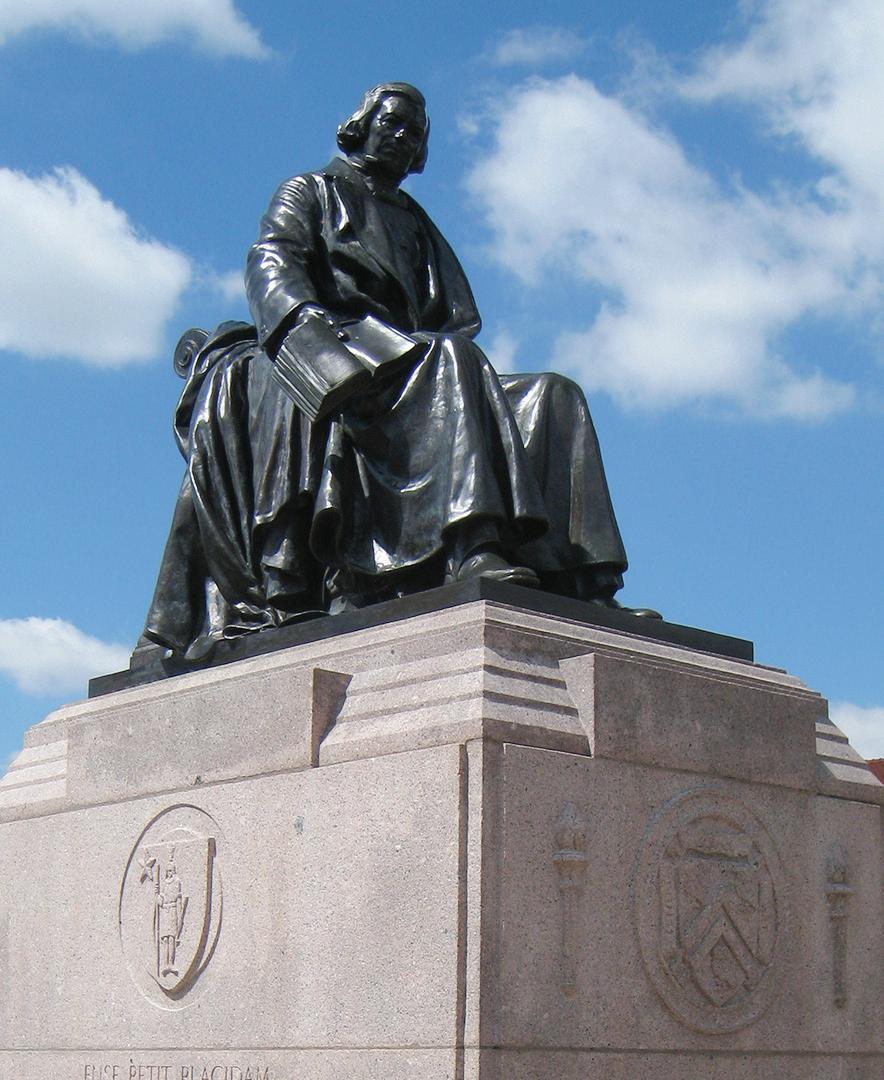
2 minute read
William Rice Statue Begs to be Decentralized An Unacknowledged History Finally Acknowledged
BY CATHERINE YU
Many Roberts students know about Rice University, the college, only a couple blocks from our beloved school community. But how many of you think about who the university was named after?
Advertisement
Rice University President David Lebron created the Taskforce on Slavery, Segregation, and Racial Injustice, in 2019 with 25 members he handpicked to consider the legacy of William Marsh Rice along with other issues that reflect a negative light on the school regarding racial justice issues.
Professor Fabiola López-Durán, Department of Art History, is one of the members of the Taskforce on Slavery, Segregation, and Racial Injustice who thought about who William Marsh Rice was.
William Marsh Rice was born in 1816 and died in 1900. He, similar to our school’s eponym, Oran Roberts, had a history intermingled with slavery and racial injustice. Many do not notice or acknowledge the fact that Rice ensla- ved over ten slaves and served on a slave patrol (someone who policed escaped slaves) in Harris County.
At Rice University’s founding, the institution was intended to serve, “the white inhabitants of Houston, and the state of Texas,” according to an article by houstonpress.com, June 26, 2020.
So, after extensive research, Lopez-Duran and the Taskforce would like to take a step in the right direction by decentralizing the statue of William Marsh Rice located in the academic quad, a very centralized location.
“I would like to decentralize the William Marsh Rice statue because this statue became a very oppressive part for some members of our community, in particular, the African American community,” Lopez-Duran said when asked what she and the Taskforce would like to do with the statue. She sees no reason to keep something that is such an oppressive icon for so many.
“There are some members of the Rice community who are not happy about our decision,” Lopez-Duran shared. They think that is a political move, but for Lopez-Duran, and the rest of the taskforce, the desire to transform the university into a better, more inclusive institution is what drives them.
The research the taskforce is continuing to share with the community makes it clear that their decision is rational rather than political. She would like to put the statue in a less central place. Her original idea was to place the statue in a private garden, which would be dedicated to Rice and his ashes. However, that was not a very popular idea.
Her second suggestion was to “contextualize the statue of William Marsh Rice with a more complete history in a little plaza by the Rice Welcome Center.” She hopes that the University will tell future Rice students about, “the part of his history that is not too beautiful.”
This topic might seem a little far off from our school’s community, but it is a little closer to home than you might think. Some of the students at Roberts might already know, but the person our school is named after was pro-slavery, like William Marsh Rice. If you think that the statue should be moved, what do you think about the name of our school?








